You’ve booked your ticket and you’re dreaming of bustling cities and serene landscapes. But before you go, there are a few things to know that will make your trip infinitely smoother. Vietnam is a country that rewards those who come prepared with a little bit of knowledge and an open mind.
Tip 1: Visas Made Easy
First things first: check your visa requirements. This is the single most important tip to avoid a stressful start to your trip. Vietnam offers a 15 to 45-day visa exemption for many nationalities. If you’re staying longer or your country isn’t on the list, the e-visa is your best friend. It’s a simple online process that takes a few days and gives you a 90-day, multi-entry visa. Print a copy of your visa approval letter and keep it handy. Don’t leave this to the last minute—a little bit of planning goes a long way.

Great News for Travelers: Vietnam Expands Visa-Free Entry to 45 Days for More Countries here.
Tip 2: Mastering the Local Currency
The official currency is the Vietnamese Đồng (VND), and you’ll be an instant millionaire! The exchange rate is roughly 25,000 VND to 1 USD. While big hotels and some restaurants accept credit cards, cash is king, especially for street food, local shops, and transportation.
- Rule of Thumb: Always carry small denominations (10,000 to 50,000 VND notes) for minor purchases like coffee or a bowl of phở.
- Avoid Confusion: Get familiar with the different notes, especially the similar-looking 20,000 VND and 500,000 VND notes. A quick trick is to look at the color and the number of zeros.
- Where to Exchange: You’ll find the best rates at gold and jewelry shops in the Old Quarter of Hanoi or near Ben Thanh Market in Ho Chi Minh City, not at the airport or your hotel.
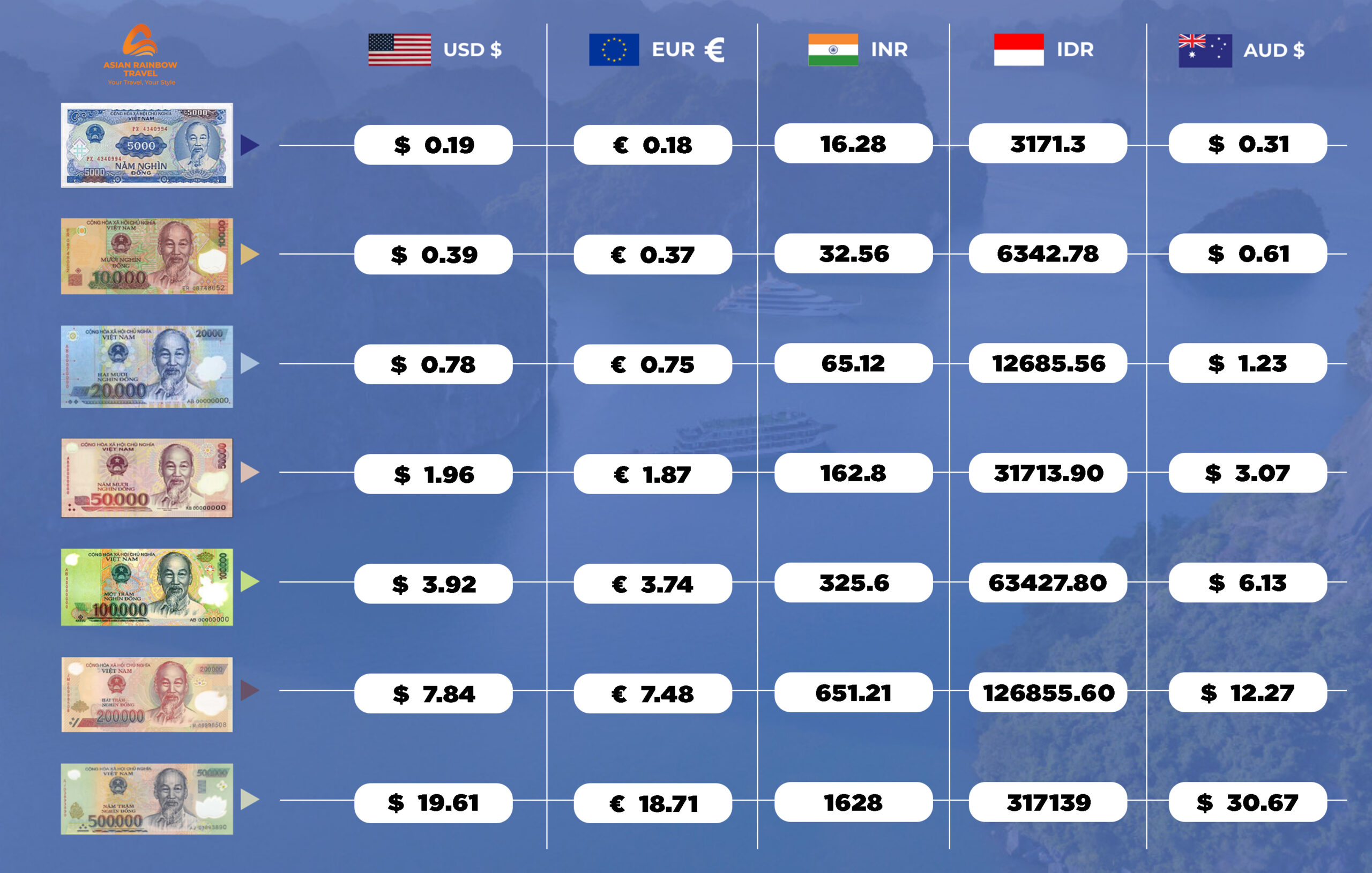
Tip 3: Packing Smart for All Climates
Vietnam stretches from north to south, so the climate can vary dramatically. You need to pack for multiple seasons!
- The North (Hanoi, Ha Long, Sapa): If you’re traveling between November and March, be prepared for a chilly, misty climate, especially in the mountains of Sapa. You’ll need a jacket, warm layers, and sturdy, waterproof shoes for trekking.
- The Central Region (Hoi An, Da Nang, Hue): This area has a mild, pleasant climate from February to August. Pack light clothing, but a rain jacket might be necessary during the wet season (September to December).
- The South (Ho Chi Minh City, Mekong Delta, Phu Quoc): It’s hot and humid year-round. Think T-shirts, shorts, and light dresses. A light rain jacket is essential from May to October for the daily afternoon downpour.
No matter where you go, a scarf is a versatile item for sun protection, temple visits, and a quick cover-up.

Tip 4: The Art of Crossing the Street
This is probably the most intimidating but also the most fun challenge you’ll face. In Hanoi and Ho Chi Minh City, motorbikes are everywhere, and they rarely stop. Here’s the secret:
- Don’t Rush: Never sprint across the street. This is a common mistake.
- Walk Slowly and Predictably: Make eye contact with the drivers and walk at a steady, slow pace. The motorbikes will simply flow around you. Think of it as a school of fish moving through a coral reef. It’s a beautifully chaotic dance you become a part of.
- A Fun Fact: Locals will be impressed if you master this art.

Tip 5: Mastering Local Transportation
Leave the international ride-hailing apps at home. In Vietnam, Grab is your best friend.
- Grab: Download the app for both GrabBike (motorbike taxi) and GrabCar. It’s cheap, reliable, and you’ll know the fare upfront, which eliminates haggling.
- Motorbike Taxi (Xe Ôm): For a truly local experience, you can flag down a traditional “xe ôm” (motorbike taxi). Always agree on the price before you get on!
- Taxis: Stick to reputable companies like Mai Linh or Vinasun. Their meters are reliable, and they are less likely to overcharge tourists. Avoid unlicensed taxis to stay safe.
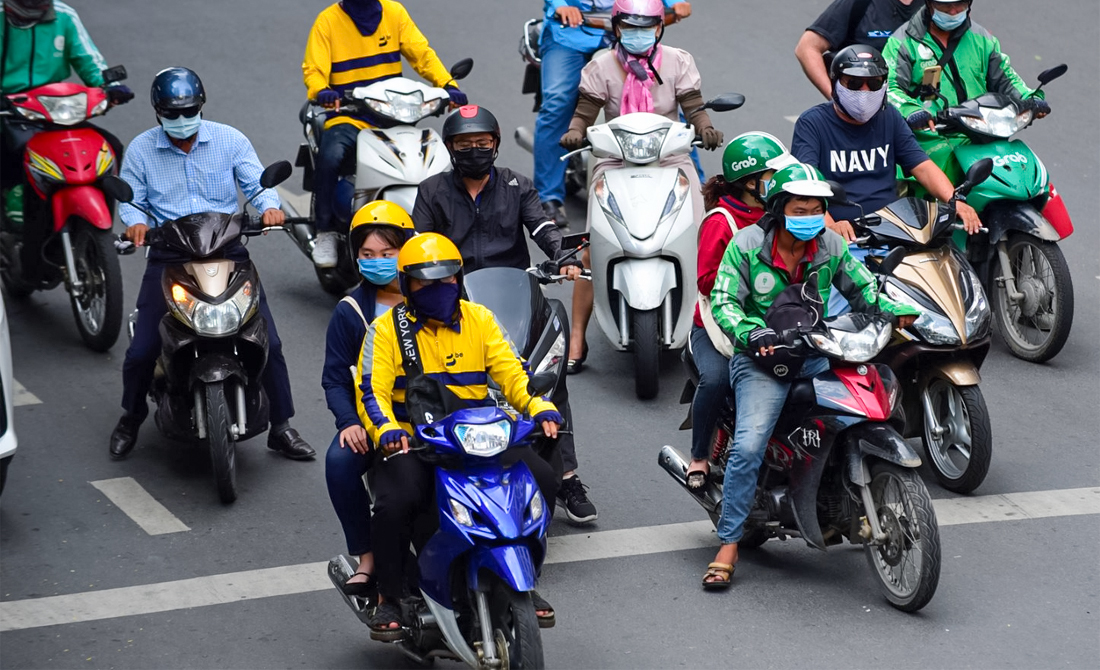
Tip 6: Navigate the Food Scene Safely
Exploring Vietnam’s street food is an adventure for your taste buds, but it’s natural to be cautious. Here’s how to enjoy every bite without a worry:
- Follow the Crowds: A good rule of thumb is to eat where the locals do. If a stall is busy and filled with Vietnamese diners, it’s a good sign that the food is fresh and the stall is reputable.
- Look for Cleanliness: Watch for signs of basic hygiene. Is the cooking station clean? Are the utensils stored in a hygienic way? While it might not be spotless, these small details matter.
- Embrace the Local Rhythm: Don’t be afraid to try something new! Order a local dish you’ve never heard of. You might just discover your new favorite food.
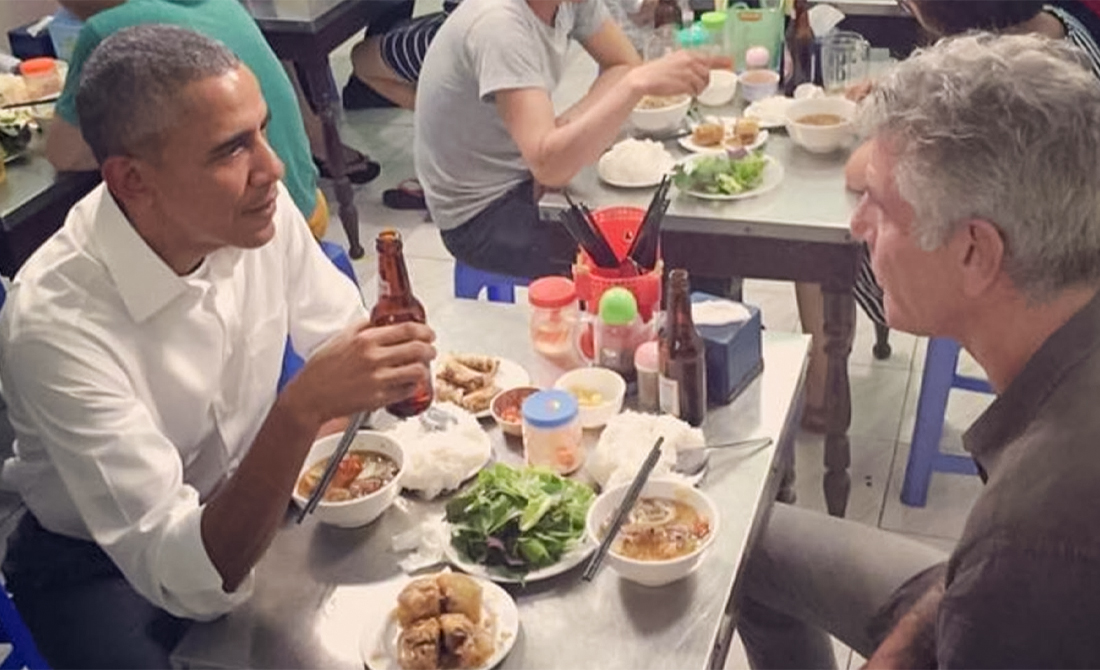
Tip 7: The Beauty of Bargaining
In Vietnam, bargaining is more than just a transaction—it’s a social game and a part of the local culture, especially at markets.
- When to Bargain: This practice is common in local markets, small shops, and with traditional motorbike taxis. It is not appropriate in supermarkets, modern shopping malls, or established restaurants.
- How to Do It: Start by offering a price that is about 50% of the initial asking price. A friendly smile and a little bit of playful back-and-forth are key. The goal isn’t to get the lowest possible price but to meet in the middle and enjoy the process.
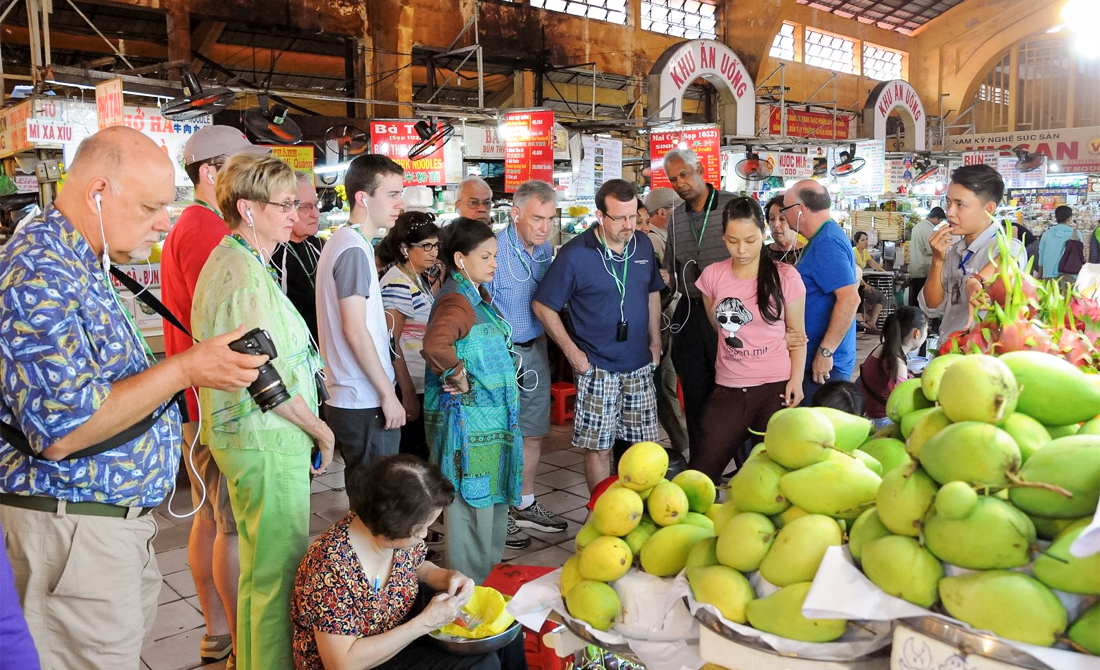
Tip 8: Embrace the Local Language
You don’t need to be fluent in Vietnamese to make a connection. Locals will deeply appreciate even a small effort to speak their language.
- Key Phrases: Learn a few simple but powerful phrases like:
- “Xin chào” (Sin chow) – Hello
- “Cảm ơn” (Gah-m uhn) – Thank you
- “Vâng” (Vung) / “Không” (Koh-ng) – Yes / No
- The Power of a Smile: A friendly smile goes a long way. When paired with a polite “cảm ơn,” it can instantly break down barriers and make your interactions with locals more memorable and warm.
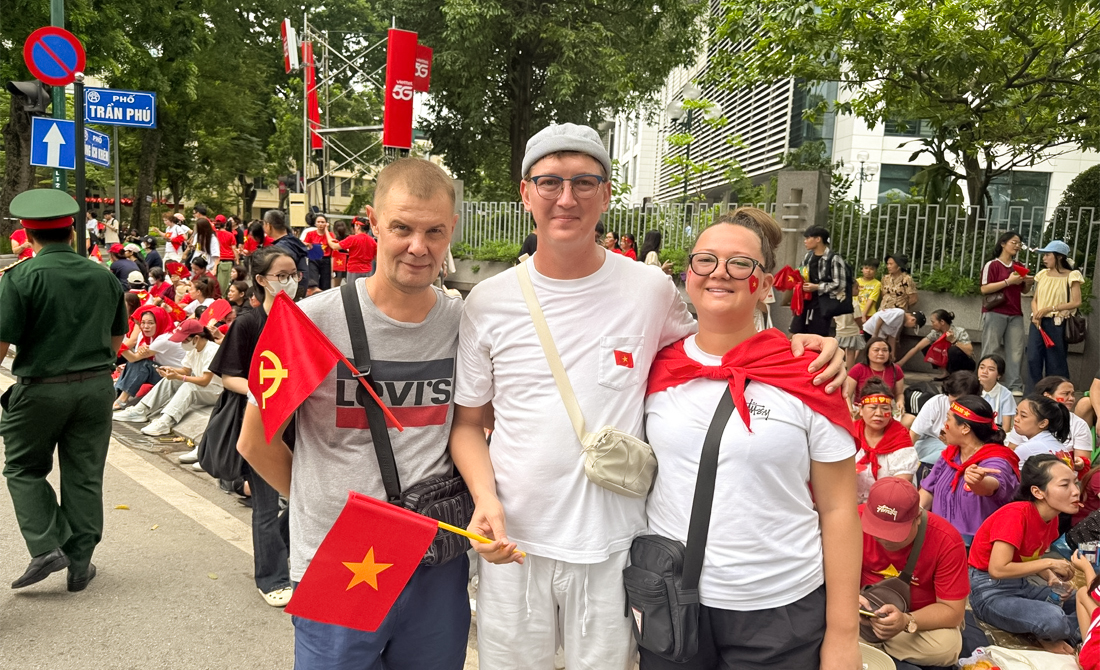
Tip 9: Respecting Local Customs
Showing respect for local customs is a simple way to honor the culture you are visiting.
- Dress Appropriately: When visiting religious sites like pagodas or temples, be sure to cover your shoulders and knees. This shows respect for the sacred space.
- Use Both Hands: When giving or receiving something from a local, especially an elder, using both hands is a sign of respect and politeness.
- Mind Your Head: Don’t touch a person’s head, as it’s considered the most sacred part of the body in Vietnamese culture.
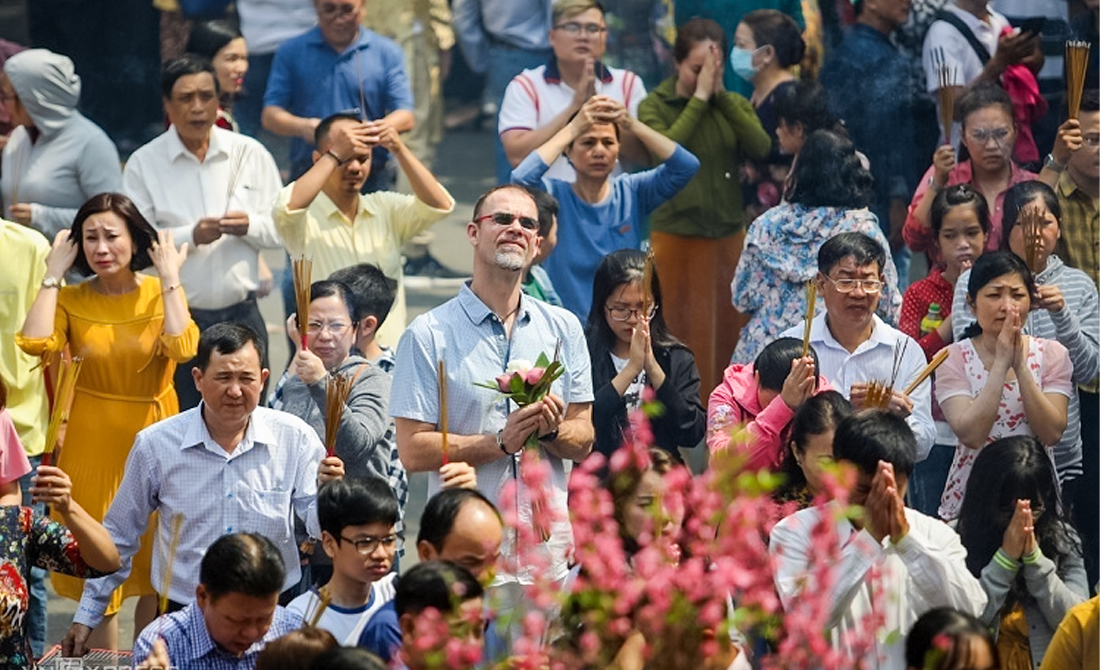
Tip 10: Don’t Try to See Everything!
This is perhaps the most important tip of all. Vietnam is a long country, and traveling too quickly will leave you exhausted and without a real connection to any place. Instead of trying to tick off every major city, choose a few regions and explore them deeply. Savor a few extra days in a charming town, spend a morning simply watching life go by from a coffee shop, or linger a bit longer in a small village. The most rewarding experiences are often found when you slow down and allow yourself to truly immerse.
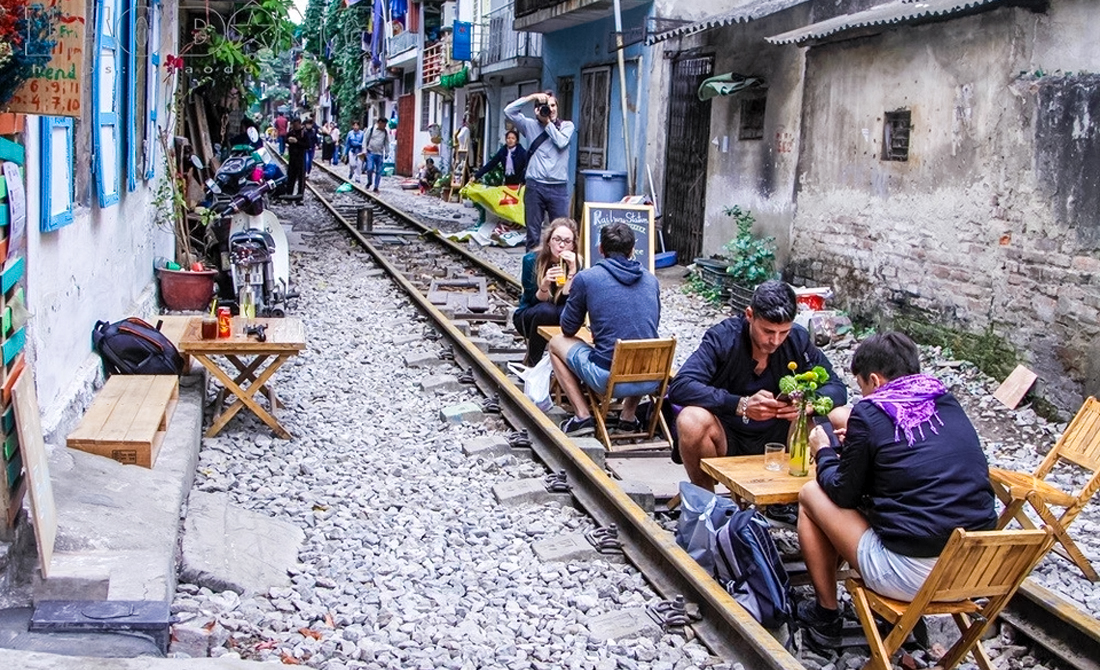
The Asian Rainbow Travel Difference: Your Journey, Simplified
With so many incredible experiences, planning a trip to Vietnam can feel overwhelming. At Asian Rainbow Travel, we specialize in crafting custom itineraries that seamlessly weave together these must-do activities. Our local experts handle all the logistics, from visas to transportation, so you can focus on making memories and living out these tips to their fullest.
Ready to start your adventure? Contact us today to begin planning your perfect journey through Vietnam.
Credit: internet
📞 WhatsApp: +84 97 902 23 02
📍Facebook: Asian Rainbow Travel
Your Travel – Your Style
Asian Rainbow Travel – Creating journeys that reconnect and inspire, across generations.











